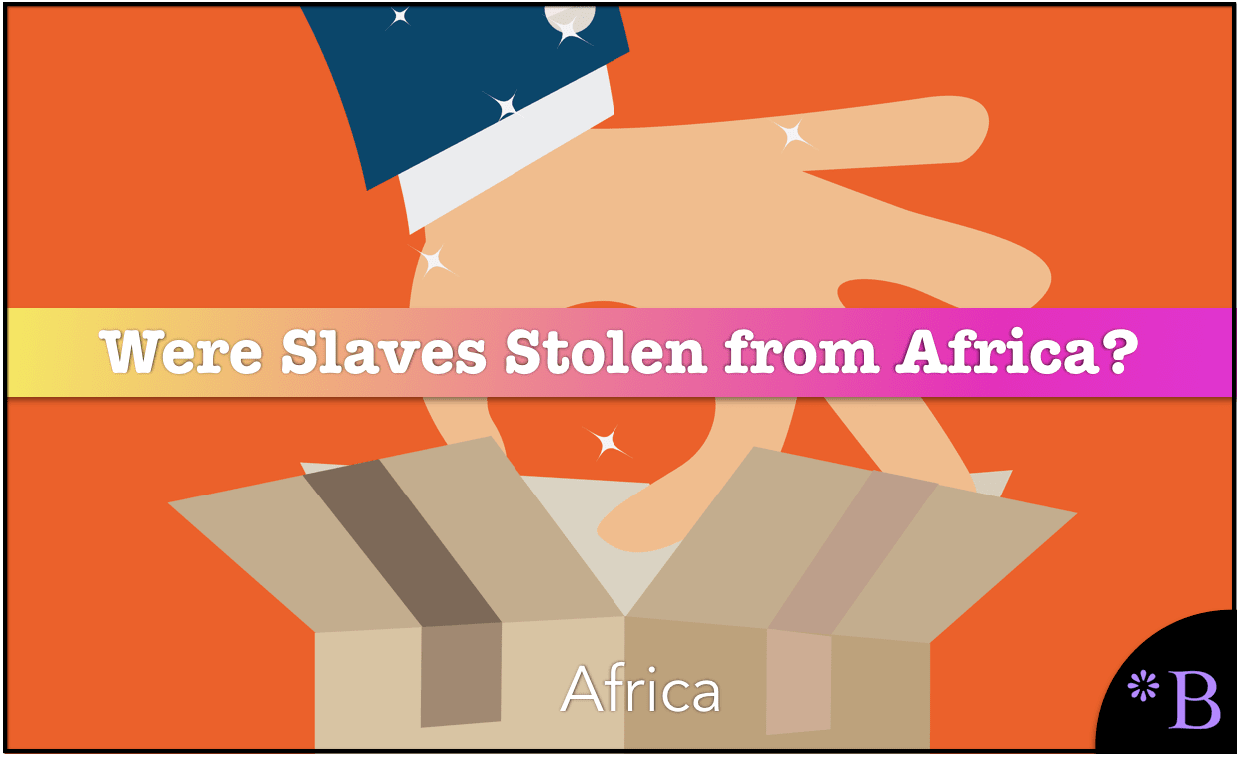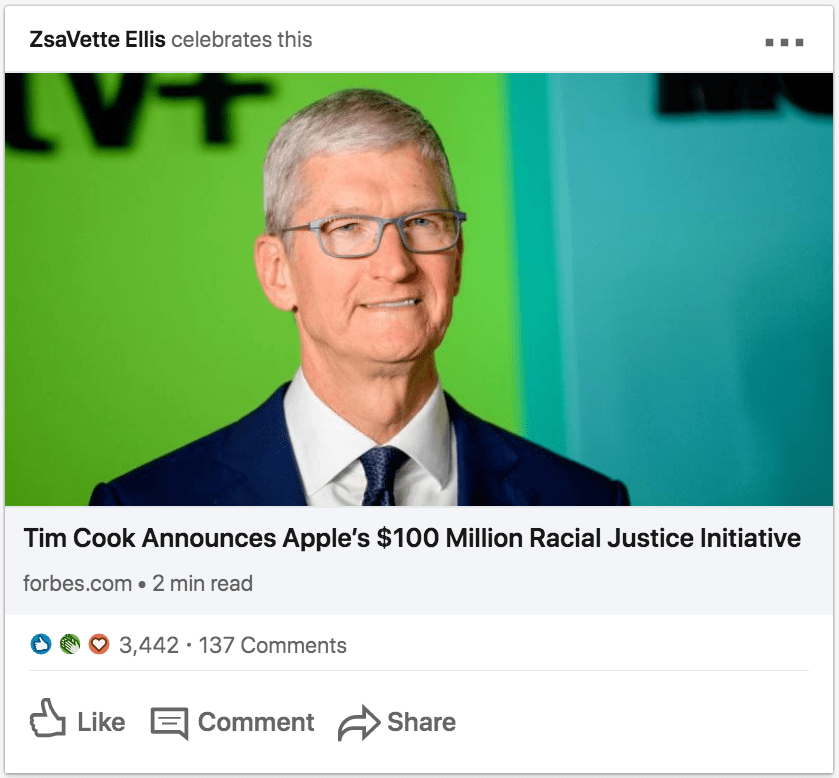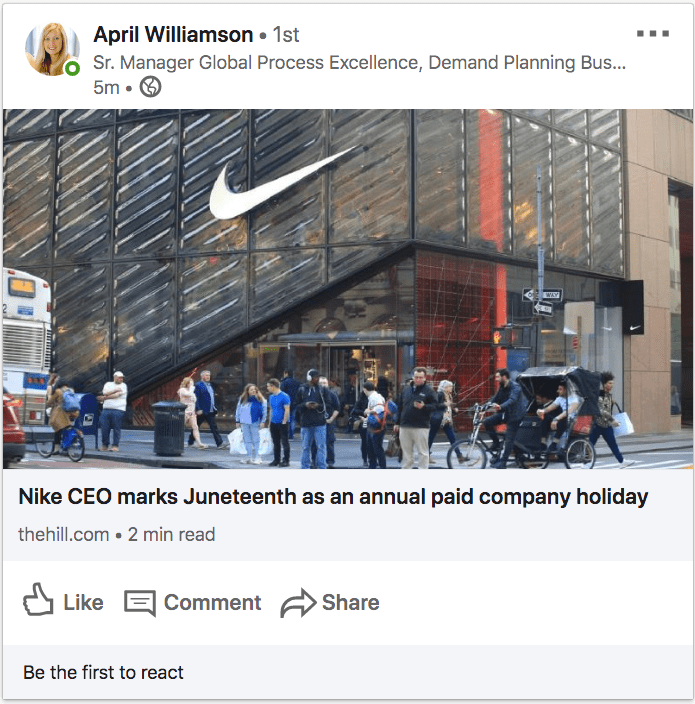Did White Slave Traders Steal Slaves from Africa?
Executive Summary
- It is often stated that white slaves stole Africans and brought them to the US (the slaves brought to Brazil or the Caribbean are ignored).
- We cover the accuracy of this claim.

Introduction
It is common to claim that white slavers stole people/Africans from Africa. This is untrue and a dishonest statement to make. The impression that it hopes to give is that slave trading only has responsibility in one direction, which is that slaves were purchased but never sold by any Africans when the historical fact is that Europeans did not capture slaves; they bought slaves that were brought to West African ports by slave-trading African tribes. This article will learn how slave trading was an accepted practice in Africa and continued long after slavery was abolished in the US.
Our References for This Article
If at any time you want to see our references for this article and also other related articles see this link.
Accurate Information on Slavery from Blacks?
At around 12:30 in the following video, the presenter makes a common claim.
This is a common belief of both blacks in the US and Africans in Africa — however, how valid is this claim?
The Reality of the Atlantic Slave Trade
The problem with the statement that the Atlantic Slave Trade slavers “stole people” from Africa is that slave ships bought slaves from slave markets in Africa – slave markets run by Africans.
This occurred long before white colonialists appeared on the scene, as Arab slavery goes back around 1300 years. African slavery precedes this. Romans mostly took other Europeans as slaves but had some North African slaves.
Slaves were drawn from all over Europe and the Mediterranean, including Gaul, Hispania, North Africa, Syria, Germany, Britannia, the Balkans, Greece, etc. Those from outside of Europe were predominantly of Greek descent, while the Jewish ones never fully assimilated into Roman society, remaining an identifiable minority. The overall impact of slavery on the Italian genetics was insignificant though, because the slaves imported in Italy were native Europeans, mostly from Germanic and Slavic tribes and very few if any of them had non-European origin. – Wikipedia
And Africa had slavery at the beginning of the Roman Empire as well. Africa’s history is highly intertwined with internal slavery.
This is explained in the following quotation.
Systems of servitude and slavery were common in parts of Africa in ancient times, as they were in much of the rest of the ancient world. When the Arab slave trade (which started in the 7th century) and Atlantic slave trade (which started in the 16th century) began, many of the pre-existing local African slave systems began supplying captives for slave markets outside Africa.
Slavery in historical Africa was practiced in many different forms: Debt slavery, enslavement of war captives, military slavery, slavery for prostitution, and criminal slavery were all practiced in various parts of Africa.[2] Slavery for domestic and court purposes was widespread throughout Africa. Plantation slavery also occurred, primarily on the eastern coast of Africa and in parts of West Africa. The importance of domestic plantation slavery increased during the 19th century, due to the abolition of the Atlantic slave trade. – Wikipedia
This means that while the white countries abolished slavery, it increased the importance of slavery in Africa. African countries did not look to the example of white countries and say to themselves.
“We should abolish it as well.”
Slaves Were Given as Gifts and Used to Show Social Status in the 14th Century.
This is explained in the following quotation.
Slavery was a part of the economic structure of African societies for many centuries, although the extent varied.[1] Ibn Battuta, who visited the ancient kingdom of Mali in the mid-14th century, recounts that the local inhabitants vied with each other in the number of slaves and servants they had, and was himself given a slave boy as a “hospitality gift.”[4] In sub-Saharan Africa, the slave relationships were often complex, with rights and freedoms given to individuals held in slavery and restrictions on sale and treatment by their masters. – Wikipedia
Human Sacrifice of Slaves
As with the Meso-Americans, like the Aztecs, some slaves were sacrificed in religious ceremonies.
Human sacrifice was common in West African states up to and during the 19th century. Although archaeological evidence is not clear on the issue prior to European contact, in those societies that practiced human sacrifice, slaves became the most prominent victims.[1] – Wikipedia
Major African Slave Capturing and Trading Tribes
Many nations such as the Ashanti of present-day Ghana and the Yoruba of present-day Nigeria were involved in slave-trading. Groups such as the Imbangala of Angola and the Nyamwezi of Tanzania would serve as intermediaries or roving bands, waging war on African states to capture people for export as slaves. Historians John Thornton and Linda Heywood of Boston University have estimated that of the Africans captured and then sold as slaves to the New World in the Atlantic slave trade, around 90% were enslaved by fellow Africans who sold them to European traders. – Wikipedia
Slavery Eliminated by Imposition of European Rule
Anti-Slavery Society estimated there were 2 million slaves in the early 1930s, out of an estimated population of between 8 and 16 million.[46] Slavery continued in Ethiopia until the Italian invasion in October 1935, when the institution was abolished by order of the Italian occupying forces.[47] In response to pressure by Western Allies of World War II, Ethiopia officially abolished slavery and involuntary servitude after having regained its independence in 1942.[48][49] On 26 August 1942, Haile Selassie issued a proclamation outlawing slavery. – Wikipedia
Some African Regions and Tribes Fought Slavery
The Jola refused to participate in the slave trade up into the end of the seventeenth century, and didn’t use slave labor within their own communities until the nineteenth century. The Kru and Baga also fought against the slave trade.[59] The Mossi Kingdoms tried to take over key sites in the trans-Saharan trade and, when these efforts failed, the Mossi became defenders against slave raiding by the powerful states of the western Sahel. The Mossi would eventually enter the slave trade in the 1800s with the Atlantic slave trade being the main market. – Wikipedia
High Percentages of the African Population That Were Enslaved Within Africa
In early Islamic states of the western Sahel, including Ghana (750–1076), Mali (1235–1645), Segou (1712–1861), and Songhai (1275–1591), about a third of the population were enslaved. In Sierra Leone in the 19th century about half of the population consisted of enslaved people. Among the Vai people, during the 19th century, three quarters of people were slaves. In the 19th century at least half the population was enslaved among the Duala of the Cameroon and other peoples of the lower Niger, the Kongo, and the Kasanje kingdom and Chokwe of Angola. Among the Ashanti and Yoruba a third of the population consisted of enslaved people. The population of the Kanem (1600–1800) was about one-third enslaved. It was perhaps 40% in Bornu (1580–1890). Between 1750 and 1900 from one- to two-thirds of the entire population of the Fulani jihad states consisted of enslaved people.
At various times, between 65 and 90 percent of Zanzibar was enslaved. Along the Kenya coast, 90 percent of the population was enslaved, while half of Madagascar‘s population was enslaved. – Wikipedia
You don’t see many blacks in Arab countries today because the men were mainly castrated, and women who gave birth to 1/2 of Arab children had their children normally killed upon birth. What happened to African slaves imported to the Middle East is described in the following quotation.
In 1814, Swiss explorer Johann Burckhardt wrote of his travels in Egypt and Nubia, where he saw the practice of slave trading: “I frequently witnessed scenes of the most shameless indecency, which the traders, who were the principal actors, only laughed at. I may venture to state, that very few female slaves who have passed their tenth year, reach Egypt or Arabia in a state of virginity.” – Wikipedia
The Atlantic Slave Trade Worstened the Condition of Slaves in Africa
At the same time, many African communities relocated far away from slave trade routes, often protecting themselves from the Atlantic slave trade but hindering economic and technological development at the same time.[83]
In many African societies traditional lineage slavery became more like chattel slavery due to an increased work demand.[84] This resulted in a general decrease in quality of life, working conditions, and status of slaves in West African societies. Assimilative slavery was increasingly replaced with chattel slavery. Assimilitave slavery in Africa often allowed eventual freedom and also significant cultural, social, and/or economic influence. Slaves were often treated as part of their owner’s family, rather than simply property. – Wikipedia
Did Africans See Themselves as Unified People?
African tribes sold members of other tribes — they did not see them as part of one big “African tribe.” This is like the American Indians. Whites did not fight against “Indians”; they fought against many tribes that mostly hated each other and fought over resources. The Indians would trade with the “white man” then use these arms against other Indian tribes. This is the same thing that happened in Africa. African slave tribes used resources from slave trading against other tribes. Africa still has slavery today — so it is accepted in many countries. Mauritiana only made slavery illegal in 2008 — but it is not an enforced law.
You can go right now and buy slaves in Africa, Southeast Asia, and India.
The cost of a slave in Lybia today is around $200. However, it’s not really considered an issue — because the slaveholders are not white. Anyone who wants to bring media attention — if they are white — can go to Libya and purchase slaves. As soon as the slave holder is white, CNN would be willing to cover the story and talk about how terrible slavery is. However, what CNN really means is that slavery is terrible — only if it fits withing their racial narrative.
If slavery is as common today, imagine how accepted it was hundreds of years ago. It was in many countries. The following explains slavery in Russia, which is not mainly known for slavery.
In Kievan Rus’ and Muscovy, legal systems usually referred to slaves as kholopy. A kholop’s master had unlimited power over his life: he could kill him, sell him, or use him as payment upon a debt. The master, however, had responsibility before the law for his kholop’s actions. Individuals could become kholop as a result of capture, selling themselves, being sold for debts, committing crimes, or marriage to a kholop. Until the late 10th century, the kholopy represented a majority among the servants who worked lords’ lands.
Russian slavery did not have racial restrictions. Russian girls were legally allowed to be sold in Novgorod to Tatars from Kazan in the 1600s by Russian law. Germans, Poles, and Lithuanians were allowed to be sold to Crimean Tatars in Moscow. In 1665 Tatars were allowed to buy from the Russians, Polish and Lithuanian slaves. Before 1649 Russians could be sold to Muslims under Russian law in Moscow. This contrasted with other places in Europe outside Russia where Muslims were not allowed to own Christians.[8]
By the sixteenth century, the slave population of the Grand Duchy of Moscow consisted mostly of those who had sold themselves into slavery owing to poverty.[10] They worked predominantly as household servants, among the richest families, and indeed generally produced less than they consumed. – Wikipedia
Even in countries that may have deplorable working conditions but don’t have chattel slavery, like Tanzania, better-off Tanzanians enjoy borderline slaves/servants that work in their homes. This is common in other African countries and India as well. I have had discussions with people from these countries that seem to have a very inconsistent way of looking at slave-like conditions. For example, a Tanzanian will decry white slavery in one breath and then snap their fingers and give the high hat to their Tanzanian house servant in the next.
African Americans Deal with Racism in the US, But Not in Africa?
Africa is not a place African Americans would want to find employment. The labor rights that the US/Canada, Europe, and Australia/NZ benefit from came from a labor movement (40 hour work week, legal protections, etc.) are rights that came from the labor movement. This labor movement really only occurred in white originated countries. African Americans will decry racism by white societies in one breath while giving no credit or thanks to the labor movement’s benefits, which was primarily a white creation.
Young children work in mines in India — and no one really cares. It is accepted in India. If I owned the mine, a media outlet would probably come to cover the story, as it would then be racism. But if an Indian owns the mine, then it is ok because it is then part of their culture — and there is nothing to see.
As labor rights and wages rose in the US, multinationals began searching for labor to exploit internationally. So we have borderline slaves working in Chinese factories — and Apple and Nike love it. And their shareholders do not complain.

Apple and Nike love to virtue signal their good intentions.

However, both Apple and Nike have most of their “employees” as either slaves or borderline slaves. Yet, their PR department will make up any story and never admit what they do or how they use money.
I have never heard of someone not buying Apple stock because they are concerned about overseas working conditions.
The Universal Desire for Slaves
What is clear is that most of the world’s population — regardless of race, would like to have a slave or many slaves. It is a “universal” desire. The main thing now is we changed the name — so we don’t CALL them slaves.
According to Thomas Sowell, until the 1800s, there was no movement he could find in human history to abolish slavery.
Video Removed by YouTube
Indeed, there is minimal discussion of modern-day slavery that companies like Apple and an enormous quantity of firms rely upon for their profits. Modern-day slavery is a “tedious” and politically incorrect topic and would require confronting present-day adversaries. The preference is to ignore modern-day slavery and focus on slavery — from only one area of the world — and several hundred years ago.
Conclusion
This claim of “theft” is false, and it serves to both whitewash the history of slavery in Africa and the participation of Africans in selling other Africans. It also fits into the false narrative that only whites have historically been involved in slavery when, in fact, slavery has been a historical universal. White countries were also the first to abolish slavery. Non-white countries took far longer to abolish slavery, and slavery is common today in many non-white countries.
Non-white countries took far longer to abolish slavery, and many countries supported the practice, although not the term slavery.
The Response from Some Blacks to the Article
We received feedback from some blacks that they did not like this article because it proposed that Africans were part of slavery — and they would like it if the focus of slavery is where it belongs, which is only on white participation. We cover this in the article How Making False and Selective Claims is Part of a Scam by Black Americans.
The Reality of Slavery
People who like to use slavery as a backstop for anti-white arguments do not want you to watch this video.